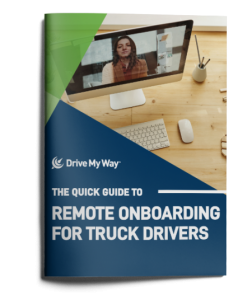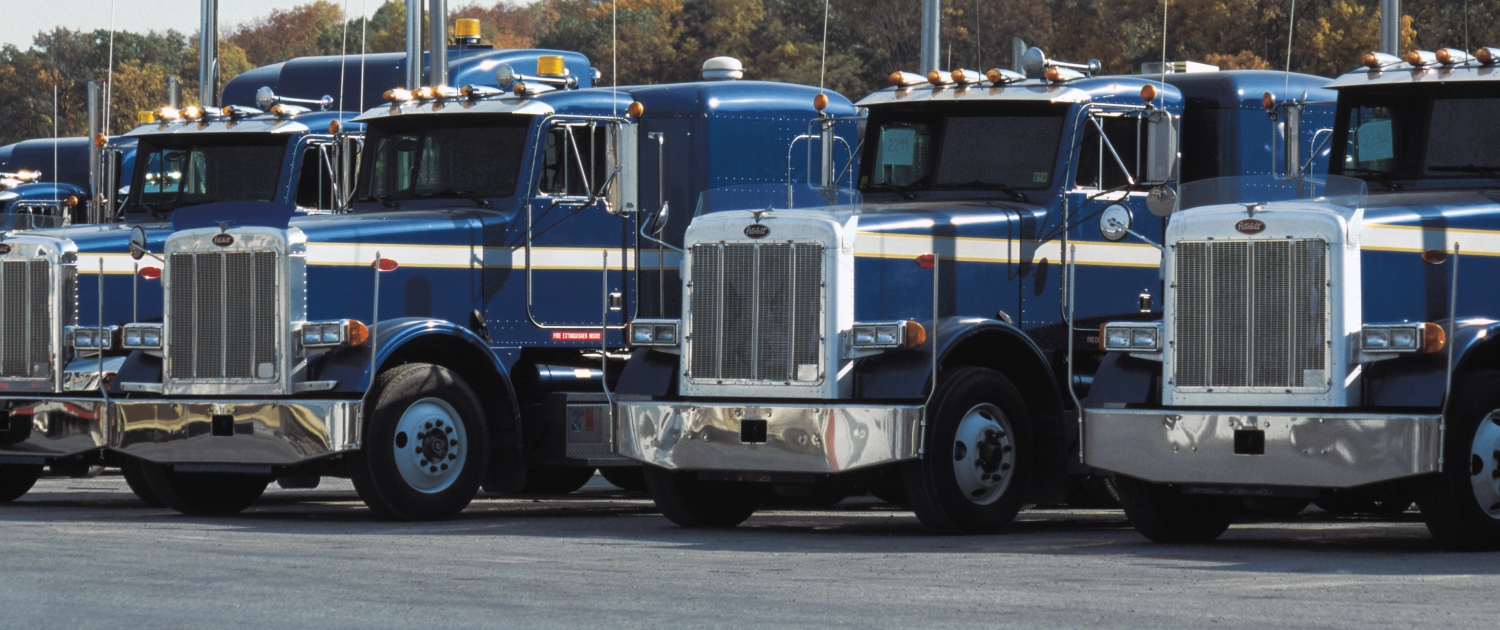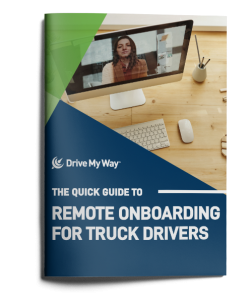
As a recruiter in the fast-paced trucking industry, there are many challenges and obstacles in your job. You have a limited budget and need to fill a high number of driving positions within a short period of time. It’s tempting then, to treat truck driver candidates as leads instead of people. Treating drivers simply as a number will lead you to miss important information to help with your recruitment. Worse, it can be very off-putting to drivers who are looking to find meaning and value in their work. The truth is that treating drivers like people, and not just leads, is helpful to both recruiters and drivers. Here’s a look at why.
1. Reach Targeted Driver Matches
Probably the biggest reason to treat drivers as people and not leads is because, well, they are people! Individual people have different skills, career goals, and job preferences. If you’re looking at candidates simply as leads without any specific qualities, you run the risk of believing that you can fill any job with any driver. Most recruiters know that drivers need to be qualified for particular jobs, but it goes beyond just qualifications.
To find the best matches for your jobs, you need to take into account driver preferences, and not just qualifications.
Some drivers may prefer less home time while others need to be with their families at least once every few days. Newer drivers may prefer the newest model trucks, while seasoned veterans would be more comfortable with classic and reliable models. Finding the right driver for each position requires you to get to know the priorities, goals, and preferences of each individual. Your recruiting becomes more precise and accurate when you treat drivers like people. From a driver perspective, it is also helpful because you’re meeting their needs and they’d be more likely to be productive and perform at their best level.
2. Make Recruiting Efficient
Recruiters have limited time and resources to fill a large number of jobs fairly quickly. As a recruiter, you may be tempted to contact an endless list of job candidates to quickly land hires. This may work in the short-term, but you’ll likely lose many of those drivers in just a few months. Focusing on quantity instead of quality will only work for so long, and you definitely won’t find the best drivers for job. As mentioned above, focusing on matches will help you hire the best candidate for each job. Treating drivers like individual people will also save you time by contacting and cultivating only your top matches.
Instead of losing time and money by blindly calling an endless list of candidates, you can invest your limited time on the top matches for each job.
Focus your energies on specific, interested drivers and move them through your recruiting pipeline all the way to onboarding. From the driver’s perspective, they would appreciate this as you can get their questions answered quickly without them waiting around too long. This also keeps the interaction about the specific jobs they want, instead of soliciting them about random jobs they weren’t ever interested in or suited for.
3. Recruit for Retention
Treating drivers like people will help you recruit with more lasting value. Drivers who feel treated like people will be more likely to stick around longer. The trucking industry is notorious for high turnover, and some recruiters forget some of the solutions are this simple. The simple fact is that drivers don’t want to leave their carriers after just a few months. Most drivers would be very happy to find long-term jobs that fulfill all their needs and keeps them gainfully employed for many years. Drivers are simply looking for meaningful jobs that give them a sense that they belong.
Treating drivers like people is the only way they will feel dignified and respected as professionals.
This starts with carefully matching them with jobs that suit their needs but doesn’t stop there. Valuing truck drivers throughout their career means routinely checking in to make sure they are satisfied with the job. Driver engagement surveys and driver appreciation ideas all serve this same purpose. Drivers are sick of hearing empty promises which aren’t delivered on. Instead, be straightforward with them about what they can expect from the job, and what you can hope to realistically deliver to them. This refreshingly honest attitude can win drivers over. It all comes down to taking the time to treat drivers like people, not just leads. When drivers don’t feel lied to and cheated, they are less likely to leave your fleet.
When drivers are fully valued as individual people, you’re more likely to retain them for years on end.














.jpg)



